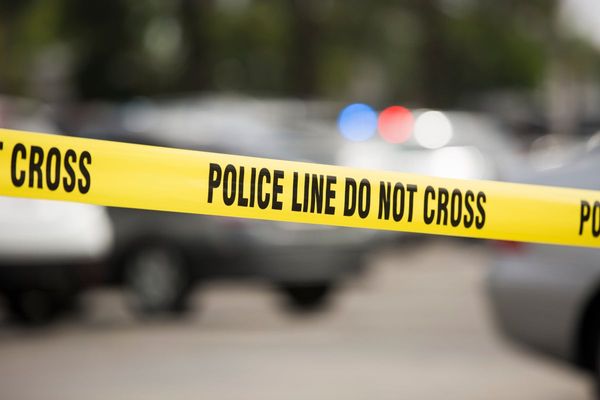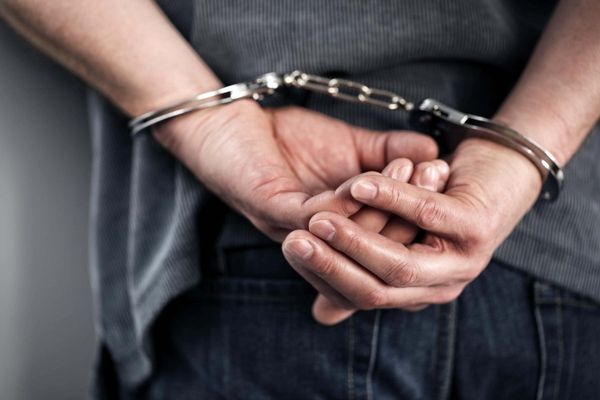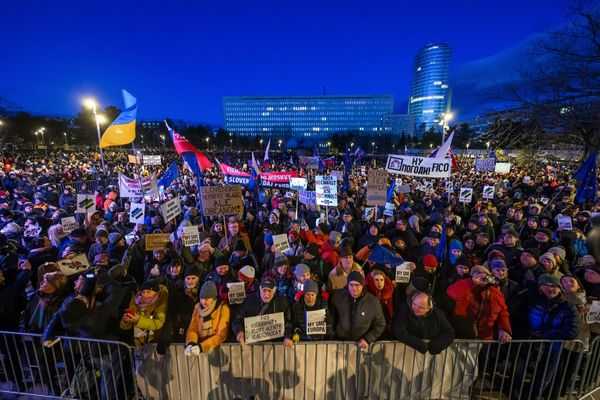
Today, both campaigns were impatiently watching the point-heads at the Reserve Bank of Australia (RBA). At 2.30pm, RBA governor Philip Lowe announced interest rates would rise 25 basis points to 0.35%, a decision all but inevitable since last week’s runaway inflation numbers.
Yet again, the defining political story of the day happened away from the campaign trail, beyond the control of either the government or Labor opposition.
But it’s Prime Minister Scott Morrison who has the most to fear from the RBA’s move. Firstly, there’s the obvious symbolism. Rates haven’t increased in more than a decade. The last time they went up during an election campaign, John Howard’s 11-year-old government was wiped away in an electoral landslide two weeks later. Howard, and some Liberals, have never forgiven the bank. Labor hopes today’s announcement is equally portentous.
But what’s more worrying for the government is how the decision, which will heap more cost-of-living pressures on mortgage holders at a time when inflation is at its highest in decades, challenges their narrative of steady, superior economic management.
It’s also who the rate rise affects most that should worry the government. The tightening will be felt most keenly in the suburban mortgage belt, the rump of aspirational “quiet Australians” to whom Morrison owes his present (and any future) prime ministership.
Sure, it’s Labor seats in the suburbs that rank highest for mortgage stress, but there are plenty of swing voters in places like Cowan, Pearce, Macquarie, Lindsay, McEwen and Longman — outer-suburban growth areas, targeted by both parties, who will feel the pinch.
Suburbs and regional centres are so key to Morrison’s campaign that the prime minister has seemingly abandoned many voters in other areas with other concerns. This morning, a new poll (admittedly from the left-leaning Australia Institute) showed Liberal MP Tim Wilson on track to lose the blue-ribbon seat of Goldstein to teal independent Zoe Daniel.
Treasurer Josh Frydenberg is under pressure in Kooyong, while Dave Sharma could lose Wentworth. But Morrison — visiting marginal Chisholm yet again today — hasn’t once campaigned in any of the “leafy” Liberal seats under serious threat from independents.
The Liberal prime minister who won the unloseable election is, extraordinarily, an electoral liability in at-risk Liberal heartland. Wealthy voters, described derisively by one Liberal as the “post-material intellectual class who don’t care about the economy”, are animated about stuff like climate and integrity, largely ignored by the Coalition during the campaign.
This morning, Finance Minister Simon Birmingham continued the government’s attacks on the NSW Independent Commission Against Corruption (ICAC), as Morrison remained under fire over his own shelved plans on integrity.
The government hopes enough wealthy voters in these seats are sufficiently worried about the “chaos” of a hung Parliament to stick with the Liberals, despite their personal dislike of the PM.
And if they don’t, any losses will need to be offset in seats like Parramatta, McEwen, Gilmore and Macquarie. The government’s ever-narrowing path relies on Morrison continuing to find quiet Australians willing to give him another chance.
His messaging today, in anticipation of the RBA’s rate rise, was that Australians were ready for higher prices, and an untried Labor government would only make things worse. In a few weeks, we’ll know whether voters in the suburbs are buying it.







